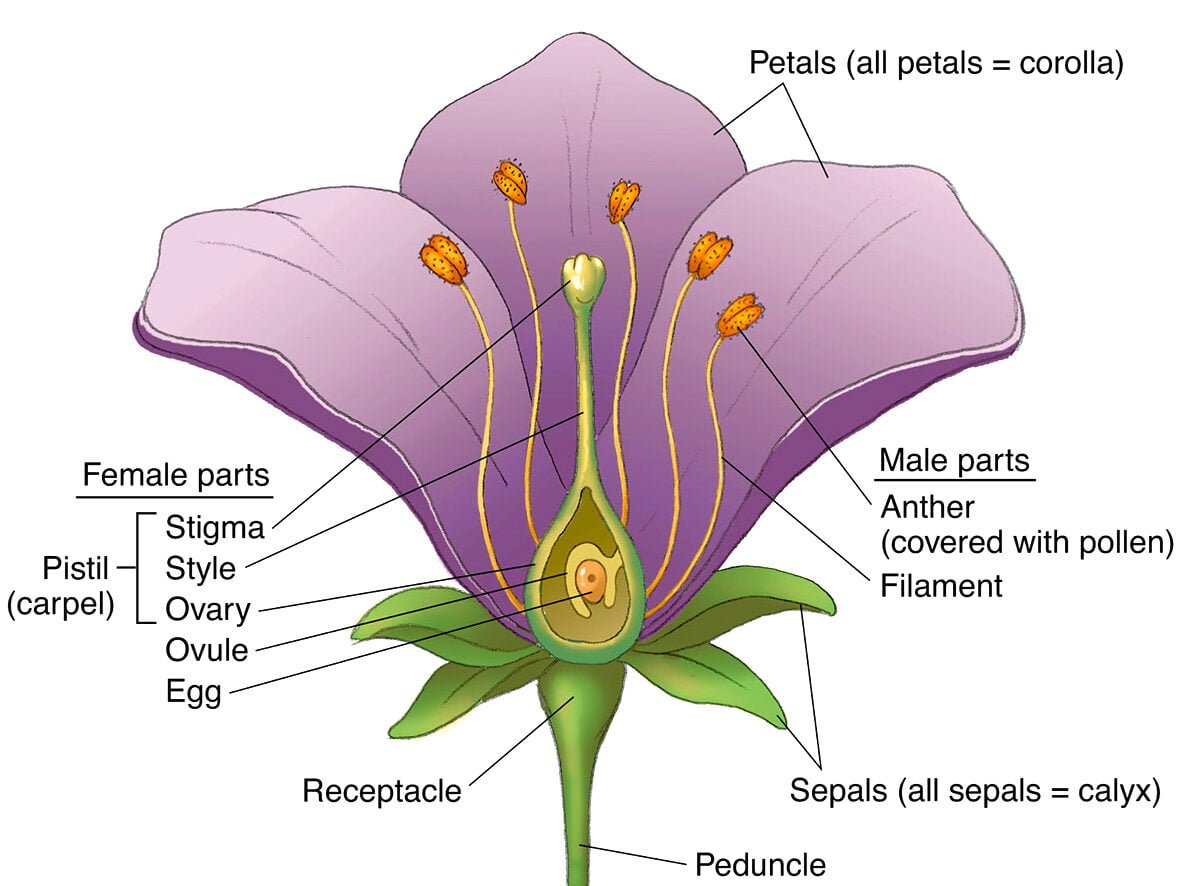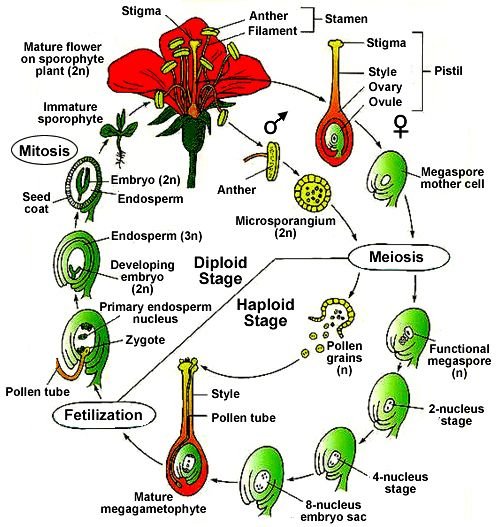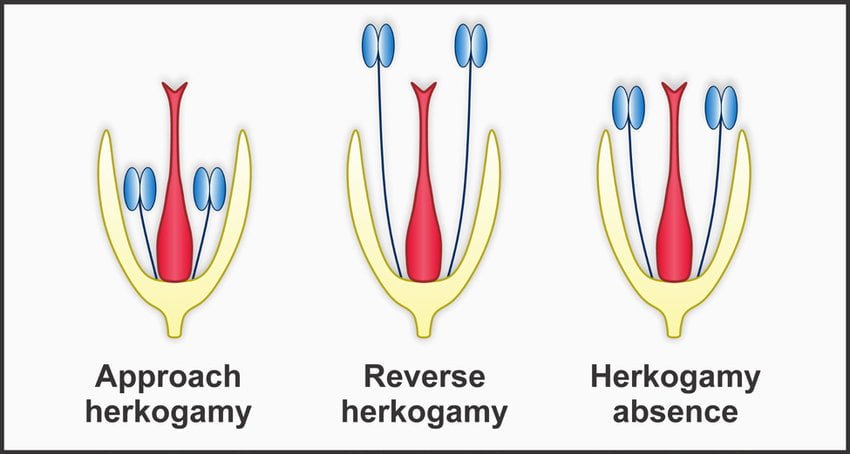Electrostatic Potential and Capacitance
Comprehensive guide for IIT JEE, NDA and other competitive exams
1. Electric Potential
Electric potential is a scalar quantity that represents the amount of work done per unit charge to move a test charge from a reference point to a specific position against an electric field. The SI unit of electric potential is volt (V).
Electric potential (V) = Work done (W) / Charge (q)
V = W/q
SI unit: Joule/Coulomb or Volt (V)
The electric potential at any point in an electric field is defined as the work done per unit positive charge in bringing a positive test charge from infinity to that point without acceleration. Since it is defined in terms of work done, electric potential is a scalar quantity.
Important Note:
The electric potential is only defined up to an additive constant — only differences in potential energy are measurable, which is why we typically choose the potential at infinity to be zero.
2. Potential Difference
Potential difference is a measure of how much energy could be transferred between two points in an electric field. It’s defined as the work done per unit charge in moving a test charge between two points.
Potential difference (ΔV) = VB – VA = Work done / Charge
ΔV = W/q
When a positive charge moves from a higher potential to a lower potential, it loses potential energy. Conversely, external work must be done to move a positive charge from a lower potential to a higher potential.
Example:
If the potential difference between two points is 5 V, the work required to move a charge of 3 C from one point to another is:
W = q × ΔV = 3 C × 5 V = 15 J
3. Electric Potential due to Point Charge
The electric potential at a distance r from a point charge q is given by:
V = k × q/r
Where k is Coulomb’s constant (9 × 109 N·m2/C2)
For a positive charge, the potential is positive, and it decreases with distance. For a negative charge, the potential is negative, and its magnitude decreases with distance.
Example:
Calculate the electric potential at a distance of 0.5 m from a charge of 2 μC.
Solution: V = (9 × 109) × (2 × 10-6)/0.5 = 36,000 V = 36 kV
4. Electric Potential due to a System of Charges
The electric potential at any point due to a system of point charges is the algebraic sum of the potentials due to individual charges.
V = Σ(k × qi/ri)
Where ri is the distance from the ith charge qi to the point of interest.
Problem:
Three charges of 2 μC, -3 μC, and 4 μC are placed at the vertices of an equilateral triangle of side 10 cm. Find the electric potential at the centroid of the triangle.
Solution:
The distance from any vertex to the centroid of an equilateral triangle is r = a/√3, where a is the side length.
r = 10/√3 ≈ 5.77 cm = 0.0577 m
V = k(q1/r + q2/r + q3/r)
V = (9 × 109) × [(2 × 10-6)/0.0577 + (-3 × 10-6)/0.0577 + (4 × 10-6)/0.0577]
V = (9 × 109) × [(3 × 10-6)/0.0577]
V = (9 × 109) × (3 × 10-6 × 17.33)
V = 9 × 109 × 52 × 10-6 = 468,000 V = 468 kV
5. Electric Potential due to an Electric Dipole
An electric dipole consists of two equal and opposite charges separated by a small distance. The electric potential due to a dipole at a point depends on both the distance from the dipole and the angle relative to the dipole axis.
For a point on the axial line: V = k × 2p/r2
For a point on the equatorial line: V = 0
For any general point: V = k × p·cosθ/r2
Where p is the dipole moment (p = q × 2a, where 2a is the separation between charges)
Example:
A dipole with a dipole moment of 3.0 × 10-29 C·m is oriented along the positive x-axis. Calculate the electric potential at a point 2.0 nm away on the x-axis.
Solution: This is a point on the axial line, so V = k × 2p/r2
V = (9 × 109) × 2 × (3.0 × 10-29)/(2.0 × 10-9)2
V = 13.5 mV
6. Equipotential Surfaces
An equipotential surface is a surface on which the electric potential is the same at every point. No work is done in moving a charge from one point to another along an equipotential surface.
Key properties of equipotential surfaces:
- They are always perpendicular to the electric field lines
- For a point charge, they are concentric spheres centered at the charge
- For a uniform field, they are parallel planes perpendicular to the field
- For a dipole, they are more complex but still maintain perpendicularity to field lines
- The electric field is strongest where equipotential surfaces are closest together
Important Note for JEE/NDA:
In a conductor, the entire volume of the conductor forms an equipotential region under electrostatic conditions. This means the electric field inside a conductor is zero, and any excess charge resides on the surface.
7. Electrical Potential Energy
The electrical potential energy of a system of charges is the work done in assembling the configuration from an initial state where all charges are infinitely separated.
7.1 Potential Energy of Two Point Charges
U = k × q1q2/r
Where r is the separation between the charges
7.2 Potential Energy of a System of Charges
U = (1/2) × Σi qiVi
Where Vi is the potential at the position of charge qi due to all other charges.
7.3 Potential Energy of an Electric Dipole in an External Field
U = -p·E = -pE·cosθ
Where p is the dipole moment, E is the external electric field, and θ is the angle between them.
Problem:
Three point charges, each of magnitude 2 μC, are placed at the vertices of an equilateral triangle of side 10 cm. Calculate the electric potential energy of this system.
Solution:
The potential energy is the sum of interaction energies between all pairs of charges:
U = k × [q1q2/r12 + q2q3/r23 + q3q1/r31]
With all charges equal to 2 μC and all distances equal to 10 cm = 0.1 m:
U = (9 × 109) × [(2 × 10-6)(2 × 10-6)/0.1] × 3
U = (9 × 109) × (4 × 10-12/0.1) × 3
U = 1.08 J
8. Conductors and Insulators
Materials can be classified based on their ability to conduct electric charges:
| Property | Conductors | Insulators |
|---|---|---|
| Definition | Materials that allow charge to flow freely | Materials that restrict charge flow |
| Examples | Metals (copper, silver, aluminum) | Rubber, glass, wood, plastic |
| Resistivity | Low (10-8 to 10-6 Ω·m) | High (108 to 1016 Ω·m) |
| Band gap | No band gap (or very small) | Large band gap (> 3 eV) |
| Electric field inside (electrostatic) | Zero | Can be non-zero |
Properties of electrostatic conductors:
- The electric field inside a conductor is zero under electrostatic conditions
- Any excess charge on a conductor resides entirely on its surface
- The electric field just outside the surface of a charged conductor is perpendicular to the surface
- All points of a conductor are at the same potential (equipotential)
- A cavity inside a conductor is shielded from external electric fields
9. Free Charges and Bound Charges
Charges in materials can be categorized as:
9.1 Free Charges
These are charges that can move freely throughout the conductor when subjected to an electric field. In metals, these are typically electrons in the conduction band. Key points:
- They respond to applied electric fields by moving through the material
- They are responsible for electric current in conductors
- Under electrostatic conditions, free charges in a conductor redistribute to make the internal field zero
9.2 Bound Charges
These are charges that are fixed in position or constrained in their movement. They are typically associated with atoms or molecules in dielectric materials. Key points:
- They cannot move freely through the material but can be displaced slightly
- They create polarization in dielectrics when an electric field is applied
- They appear as surface charge densities on dielectrics and contribute to the effective field
JEE Perspective:
The distinction between free and bound charges is crucial for understanding how dielectrics modify electric fields and capacitance. In JEE problems, you might need to calculate the effect of dielectric polarization on the electric field strength or evaluate the surface bound charge density.
10. Dielectrics and Electric Polarization
Dielectrics are insulating materials that can be polarized by an applied electric field. When placed in an electric field, the positive and negative charges within the dielectric molecules experience forces in opposite directions, causing a slight displacement and creating induced dipoles.
10.1 Types of Polarization
- Electronic Polarization: Displacement of electron cloud relative to nucleus
- Ionic Polarization: Displacement of positive and negative ions relative to each other
- Orientational Polarization: Alignment of permanent dipoles with the field
10.2 Polarization Vector
P = χeε0E
Where χe is the electric susceptibility, ε0 is the permittivity of free space, and E is the electric field.
10.3 Dielectric Constant (Relative Permittivity)
εr = ε/ε0 = 1 + χe
Where ε is the permittivity of the dielectric material.
| Dielectric Material | Dielectric Constant (εr) |
|---|---|
| Vacuum | 1.0 |
| Air | 1.0006 |
| Paper | 2.5 – 3.5 |
| Glass | 4 – 7 |
| Water | 80 |
| Barium Titanate | 1200 – 10000 |
Example:
A dielectric with dielectric constant 5.0 is placed in an electric field of 104 V/m. Calculate the polarization if ε0 = 8.85 × 10-12 C²/N·m².
Solution:
χe = εr – 1 = 5.0 – 1 = 4.0
P = χeε0E = 4.0 × 8.85 × 10-12 × 104 = 3.54 × 10-7 C/m²
11. Capacitors and Capacitance
A capacitor is a device designed to store electric charge and energy in the electric field between a pair of conductors. The capacitance is a measure of a capacitor’s ability to store charge.
Capacitance (C) = Charge (Q) / Potential Difference (V)
C = Q/V
SI unit: Farad (F) = Coulomb/Volt
11.1 Parallel Plate Capacitor
The most basic capacitor consists of two parallel conducting plates separated by a distance.
Without dielectric: C = ε0A/d
With dielectric: C = ε0εrA/d = εA/d
Where A is the area of each plate, d is the separation between plates, and εr is the dielectric constant.
Example:
A parallel plate capacitor has plates of area 200 cm² separated by 1 mm of air. Calculate its capacitance. If a potential difference of 100 V is applied, what is the charge on each plate?
Solution:
A = 200 cm² = 200 × 10-4 m², d = 1 mm = 10-3 m
C = ε0A/d = 8.85 × 10-12 × 200 × 10-4 / 10-3 = 177 pF
Q = CV = 177 × 10-12 × 100 = 17.7 nC
11.2 Other Capacitor Configurations
| Capacitor Type | Capacitance Formula |
|---|---|
| Parallel Plates | C = εA/d |
| Cylindrical | C = 2πεL/ln(b/a) |
| Spherical | C = 4πε/(1/a – 1/b) |
| Isolated Sphere | C = 4πεa |
Where a and b are the inner and outer radii, and L is the length of the cylindrical capacitor.
12. Combination of Capacitors
Capacitors can be combined in series or parallel to achieve different total capacitance values.
12.1 Capacitors in Series
1/Ceq = 1/C1 + 1/C2 + 1/C3 + …
For series combination, the equivalent capacitance is always less than the smallest individual capacitance. In series, all capacitors hold the same charge, but the potential differences across them may differ.
12.2 Capacitors in Parallel
Ceq = C1 + C2 + C3 + …
For parallel combination, the total capacitance is the sum of individual capacitances. In parallel, all capacitors have the same potential difference, but they may hold different charges.
Problem:
Three capacitors of capacitances 2 μF, 3 μF, and 6 μF are connected in:
(a) series
(b) parallel
Find the equivalent capacitance in each case.
Solution:
(a) Series connection:
1/Ceq = 1/2 + 1/3 + 1/6 = 3/6 + 2/6 + 1/6 = 6/6 = 1
Ceq = 1 μF
(b) Parallel connection:
Ceq = 2 + 3 + 6 = 11 μF
Important Note for JEE/NDA:
For complex networks with both series and parallel combinations, always work from the innermost elements outward. Identify simple series or parallel sections, replace them with equivalent capacitances, and proceed step by step until the entire network is reduced to a single equivalent capacitance.
13. Energy Stored in a Capacitor
A charged capacitor stores electrical potential energy in the electric field between its plates. This energy can be calculated in several equivalent ways:
U = (1/2)QV
U = (1/2)CV²
U = (1/2)Q²/C
The energy is stored in the electric field, and the energy density (energy per unit volume) in the electric field is given by:
Energy density (u) = (1/2)εE²
Where E is the electric field strength and ε is the permittivity of the medium.
Example:
A 5 μF capacitor is charged to a potential difference of 100 V. Calculate:
(a) The charge stored
(b) The energy stored
Solution:
(a) Q = CV = 5 × 10-6 × 100 = 5 × 10-4 C = 0.5 mC
(b) U = (1/2)CV² = (1/2) × 5 × 10-6 × (100)² = 2.5 × 10-2 J = 25 mJ
JEE Advanced Problem:
A parallel plate capacitor with plate area A = 100 cm² and separation d = 2.0 mm is charged to 200 V and then disconnected from the battery. A dielectric slab of dielectric constant εr = 5.0 and thickness equal to the plate separation is then inserted between the plates. Calculate:
(a) The initial charge and energy
(b) The final potential difference and energy
(c) Explain what happens to the lost energy
Solution:
(a) Initial capacitance: Ci = ε0A/d = 8.85 × 10-12 × 10-2 / 2 × 10-3 = 44.25 pF
Initial charge: Q = CiVi = 44.25 × 10-12 × 200 = 8.85 nC
Initial energy: Ui = (1/2)CiVi² = (1/2) × 44.25 × 10-12 × (200)² = 8.85 × 10-7 J
(b) Final capacitance with dielectric: Cf = ε0εrA/d = 5 × 44.25 pF = 221.25 pF
Since the capacitor is disconnected, the charge remains constant, so:
Final potential: Vf = Q/Cf = 8.85 × 10-9 / 221.25 × 10-12 = 40 V
Final energy: Uf = (1/2)CfVf² = (1/2) × 221.25 × 10-12 × (40)² = 1.77 × 10-7 J
(c) Energy lost: Ui – Uf = 8.85 × 10-7 – 1.77 × 10-7 = 7.08 × 10-7 J
This energy is lost in the work done in inserting the dielectric against the electric force and can also be dissipated as heat.
Practice Problems
Problem 1:
A charge of 5 μC is at the origin. At what point on the x-axis is the electric potential 900 V?
Problem 2:
Two charges of 3 μC and -3 μC are placed at (0, 0, 0) and (1m, 0, 0) respectively. Find the electric potential at the point (0.5m, 0.5m, 0).
Problem 3:
A parallel plate capacitor has circular plates of radius 5 cm separated by 2 mm. A dielectric of dielectric constant 4.0 fills half the space between the plates. Find the capacitance.
Problem 4:
A capacitor of 6 μF is charged to 100 V and another capacitor of 3 μF is charged to 200 V. They are then connected with plates of the same sign together. Calculate the final potential and the energy lost in the process.
Problem 5:
A parallel plate capacitor with plate area 500 cm² and plate separation 1 mm is filled with a dielectric of dielectric constant 5. When connected to a 100 V battery, calculate (a) the capacitance, (b) the charge on the plates, (c) the electric field in the dielectric, and (d) the energy stored.
Key Formulas for Quick Revision
| Concept | Formula |
|---|---|
| Electric Potential (point charge) | V = kq/r |
| Potential due to system of charges | V = k∑(qi/ri) |
| Electric potential energy (two charges) | U = kq1q2/r |
| Capacitance | C = Q/V |
| Parallel plate capacitor | C = εA/d |
| Capacitors in series | 1/Ceq = 1/C1 + 1/C2 + … |
| Capacitors in parallel | Ceq = C1 + C2 + … |
| Energy stored in capacitor | U = (1/2)CV² = (1/2)QV = (1/2)Q²/C |
| Energy density in electric field | u = (1/2)εE² |
Next Post
Current Electricity
Our next post covers current electricity, including electric current, drift velocity, Ohm’s law, electrical resistance, resistivity, electrical energy and power, combination of resistors, Kirchhoff’s laws, Wheatstone bridge, meter bridge, and potentiometer.
Read Next Post


